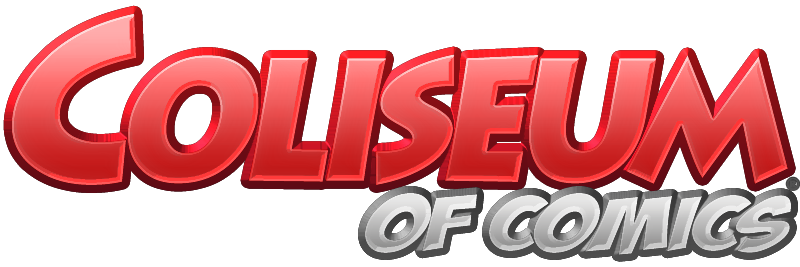4 Quick Tips to Get Started with Miniature Painting
When it comes to participating in tabletop roleplaying games, there are two schools of thought when it comes to visualizing battles: theater of the mind and battle maps. Theater of the mind deals with visualizing the entire scenario in your head, which is fine for small-scale encounters but can be difficult for more complex or bigger ordeals. Maps mean miniatures, which give players something to physically look at and presents all TTRPG fans up to a whole new hobby.
Miniature painting can seem intimidating for those who are fans of fantasy roleplay, especially if you’ve ever seen the fantastic work that Warhammer 40K painters do, but it doesn’t have to be complicated at all. Armed with the right knowledge, even the most inexperienced painter can pick up a miniature and create something they’d be happy to use at the table.
1. Don’t Forget to Prep
When preparing to paint you have to make sure you’re ready and the miniature you’re working with is ready. To make the process easier, pick out your color palette before you actually start your miniature painting. Two to four colors typically work for monsters and player character minis. Once you’ve picked out your colors, make sure you have the needed paintbrushes. The number of brushes depends on how big your mini is. At the bare minimum, you should have two brushes: a medium-ish one for basing and a smaller one for the smaller details.

Image by Theresa Cobb
2. Add a Little Basecoat
Now it’s time to get to the painting part of miniature painting. You’ll want to start by applying what’s called a base coat to your mini. The base coat is as its name implies the basic color that you apply to your miniature. These colors are the ones you apply to the clothes, armor, accessories, skin, etc. By the end of your base coat, each part of your miniature should be covered in paint.
If you’re worried about having to use multiple colors then you might want to consider looking at bigger, monster miniatures to start. Larger miniatures can be ideal for novice painters since they have so much surface area and don’t often require a wide range of colors to complete.

Image by Theresa Cobb
3. Create Dimension with Shading
Laying on the base when miniature painting leaves you with a colorful but flat model. Thinking of the way light would affect your model if it were the real thing. If you’re painting a miniature that’s supposed to represent your player character, think of how shadows will fall into the folds of clothing and the crevices of joints. You can create these shadows with the use of paints called “shades” or “washes.” Apply the wash in the places where you want to create shadows. Be careful of any pooling that might occur on the flat areas of your model; pooling can cause splotches of dark color where you don’t want them. If there are any blobs of a shade resting in a spot you don’t want it, use a bit of water on your brush and spread it out. If any blotches do dry in a place you’re not a fan of, use your base coat color and just go over it.
4. Make it Pop with a Highlight
Like with shading, highlighting takes light into consideration. Highlighting in miniature painting is intended to stimulate light hitting the highest points of your mini. If you choose to add highlight, there are two ways to do so: edge highlighting and drybrushing.
Edge highlighting is very precise and requires a lot of attention. Find the high point you want to apply the lighter color to, such as the higher parts of clothes or the ridges of metal. Take just a small amount of thinned paint, and apply it to the ridge with the flat part of the brush’s bristles. Using the very tip of the brush requires an extreme amount of control that even the most expert painters can struggle with.

Image by Theresa Cobb
Drybrushing requires a paint brush with stiffer bristles and minimal paint. You’ll want a towel to wipe away excess paint from your brush until it is barely leaving streaks. It requires less finesse than edge highlighting since you simply dust the high points gently to deposit the color. Drybrushing in miniature painting is often intended for larger, natural surfaces such as your mini’s base, but it can work for large minis or even small ones if you’re careful.
Final Touches
Once you’ve gotten you’re highlights done, you’re basically done with your miniature painting journey. You’ll want to give your model a once-over to make sure there’s no paint out of place, add small details you may have missed, and deepen contrast. The biggest sign you’re done is when you feel the happiest with your miniature painting work.
If you’re still hesitant to start miniature painting, or just want some hands-on help, stop by Coliseum of Comics in Kissimmee to ask about or sign up for our bi-monthly Painting Clinic hosted by Tim Wright!
